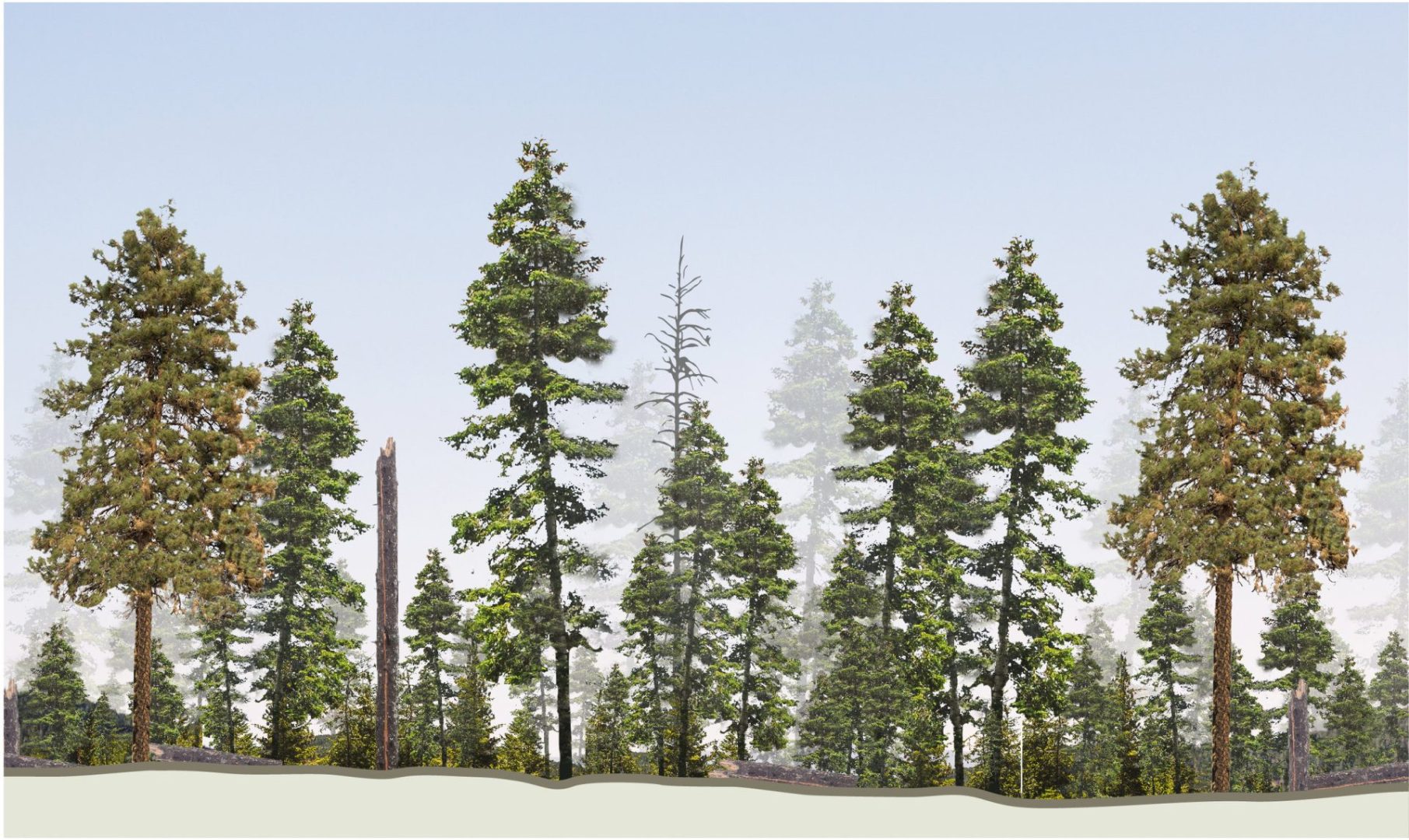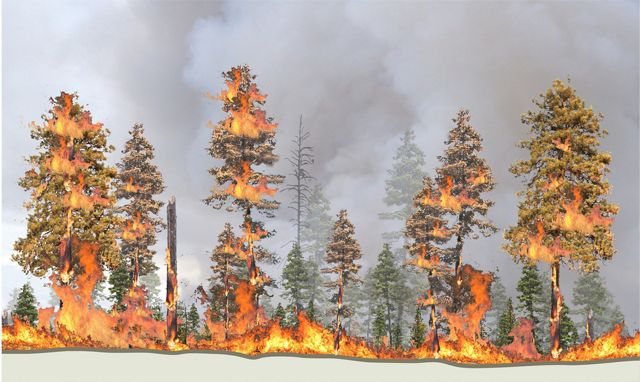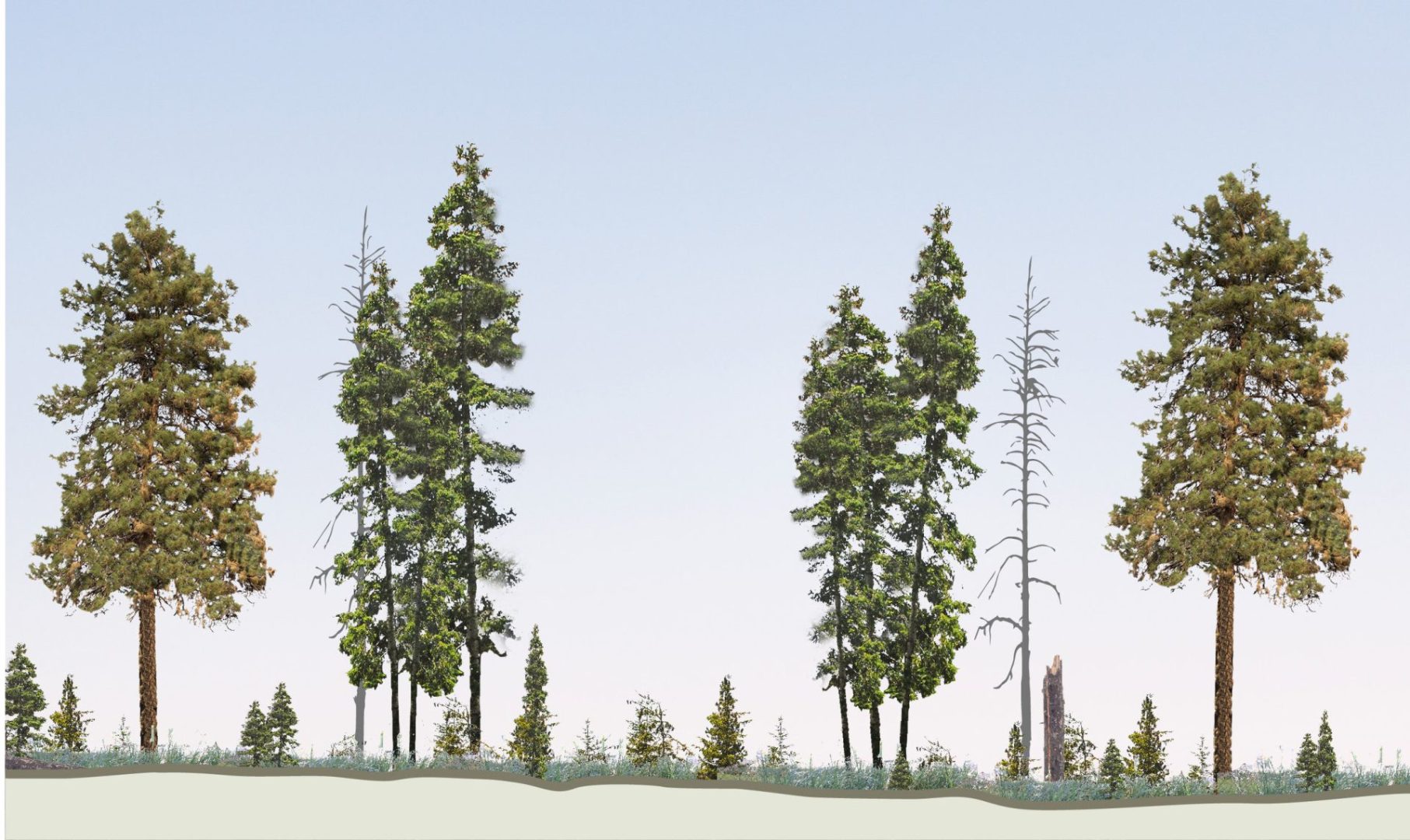Wildfire Mitigation
Fire is a natural occurrence in California wildlands; however, due to past land management and overly aggressive fire suppression practices, the intensity, rate of spread, and acres burned in high-severity fires has rapidly increased. Scientific studies and historical accounts have revealed that vegetation composition and forest structure has changed dramatically over the last century in Northern California, resulting landscapes that are less fire-resilient. A hundred years ago the trees were much more spaced out, and there were older, larger trees in the forests with a primary understory of low vegetation. Fire historically passed through Northern California forests about every 11 years. The frequent, low-intensity fires reduced the build-up of fuels over time. The altered forest conditions, in combination with a changing climate, have resulted in increases to contiguous stand-replacing, high-severity fire and drought-induced tree mortality. Without restoring the vegetation composition, habitable structures and ecosystems in the wildland-urban interface (the zone where communities and wildlands intersect) are now threatened by catastrophic wildfires due to current hazardous fuel conditions and intensifying extremes.


Current forest ecosystems are overgrown and are at risk of burning in a high-severity crown fire.


Hazardous fuels reduction is one way to reduce the risk of high severity fire in the wildland-urban interface of our communities.
The McConnell Foundation works in partnership with local organizations to secure funding for high-risk areas in the region we serve. Please use the links below for more information on wildfire mitigation projects.
Photo Credit: The Nature Conservancy
